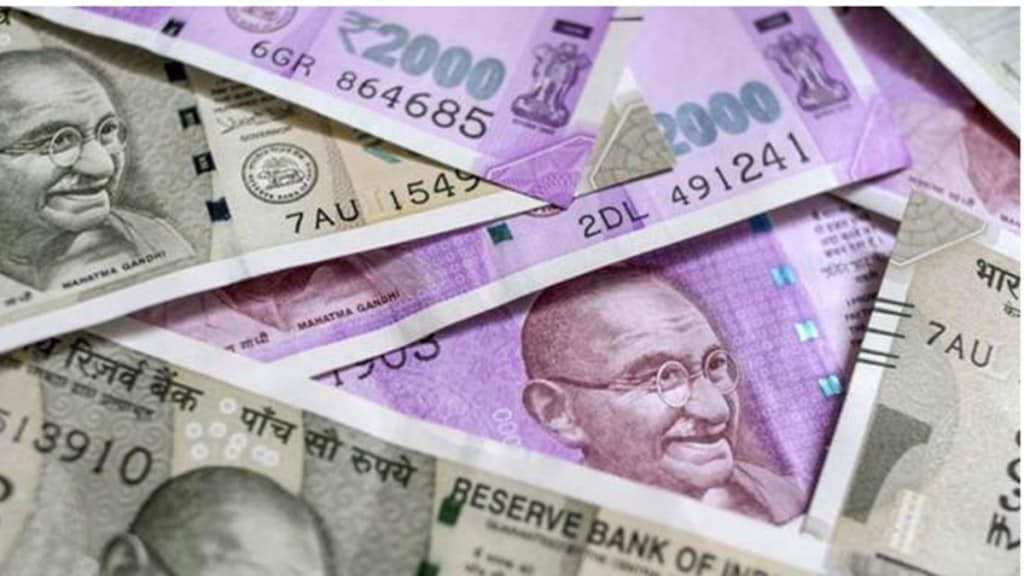A recent statement by economist Ashok Mody has rekindled the debate on the quality and reliability of India’s national income data. Mody noted the National Statistical Office’s estimate of the country’s gross domestic product (GDP) fails the test of a reasonable match between the income (output) and expenditure-side figures. Mody pointed out: “While income from production increased at an annual 7.8% rate in April-June (2023), expenditure rose by only 1.4%… The NSO is covering up the reality of anemic expenditure.” According to him, if the US Bureau of Economic Analysis method is applied to Indian data, the Q1FY24 growth rate falls from the headline rate of 7.8% to 4.5%. Three noted economists (Pronab Sen, NR Bhanumurthy, Abheek Barua) have responded to Priyansh Verma’s queries on the controversy.
Is NSO overestimating India’s GDP growth rate?
Pronab Sen: It may be. For the quarterly and some annual estimates, we have no data of unorganised sector. So, we assume that there is a stable relationship between what the organised sector is doing and what the unorganised is expected to do. So long as the economy is normal, that relationship is probably correct, because it’s based on past experience. But if in any case, these two sectors are behaving differently, then the approach breaks down. Due to lockdown and demonetisation, the unorganised sector was hit much harder than the organised. That’s why there could be an overestimation.
NR Bhanumurthy: No, I don’t think so. You shouldn’t look at only one estimate. The same methodology has been used over a period of time. It’s comparable.
Abheek Barua: None of the high frequency indicators suggest any significant overestimate of GDP growth.
Is aggregating two methods a viable way to compute GDP?
Pronab Sen: The NSO doesn’t collect data directly for the expenditure method. The way expenditure method is done is to look at the composition of products and classify them into consumption and investments. The reason discrepancy arises is because there are percentages induced. For instance, if I buy a car for my personal use, it’s personal consumption, if I buy it to drive a taxi, it’s an investment. So, you have to do this calculation, which is why discrepancy arises. The basic data that is collected is on the production side.
On the expenditure side, the main data that is directly collected is public expenditure and corporate expenditure. There is no data for household sector…so allocation has to be done. This is the nature of the flow of data. The discrepancy that arises tells you that I am unable to allocate between the different expenditure categories.
NR Bhanumurthy: This is the methodology given by the System of National Accounts by the United Nations. Conceptually and theoretically, the production method should be called to expenditure method. The NSO follows the United Nations’ Methodology, 2008.
On the production, you may get data in short-term, but on the expenditure side, that data is not available. In the past so many years it is not necessarily one-sided…sometimes, discrepancy is positive, sometime it is negative, depending on the data availability at that point of time. There is no problem in the methodology. All nations follow the UN’s methodology.
Abheek Barua: Everyone who works with Indian data knows that there are problems with the expenditure side of national income estimates when it comes to GDP data. This works both ways. In certain quarters GDP estimates are higher, in some lower.
Should the NSO adopt, as suggested by Mody, the practice followed by the US Bureau of Economic Analysis?
Pronab Sen: The question Mody should ask is are we collecting the data which enables you to estimate two sides separately. You’ll get discrepancy there too. In the US, the data is collected for both sides—production and expenditure. In India, we get maximum data in production approach, and in expenditure, we get partial data. A lot of it is allocation. The discrepancy arises due to allocation issue. So, taking the average would not be correct, in our case.
NR Bhanumurthy: Mody’s criticism in my view is not strong, simply because these are estimates subject to revision. Second, this discrepancy would be larger for quarterly data as compared to the annual data. If you look at the NSO press release, most of the numbers are forecast based on some of the leading indicators.
Abheek Barua: The answer lies in improving the quality of expenditure side estimates for quarterly data — easier said than done — and until then, relying principally on gross value added for quarterly analysis. I don’t think a change in methodology will solve data quality problems. By the way there are significant revisions to the US data as well.


